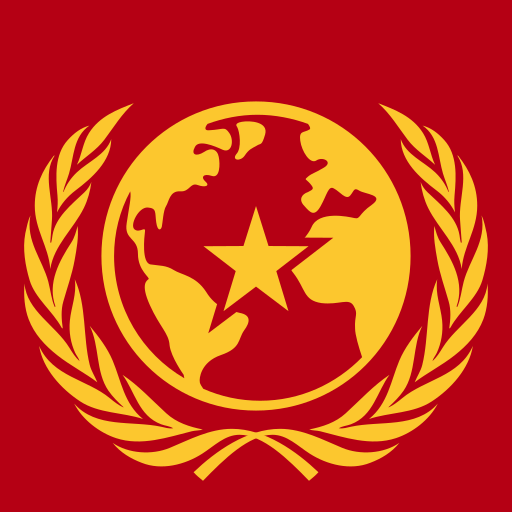You can see them work on my sandbox page: https://en.prolewiki.org/wiki/Comrade:CriticalResist/sandbox#Communists
The plan is we’ll use the big cards for like our main authors or topics, and then the mini cards for “smaller” authors.
On mobile the difference is sizeable, you can fit 7 mini cards in what was 2 big cards.
Do you want to know what the debugging was for? They didn’t align properly. Not how I wanted them. Somehow that took 2 days to figure out, but they look all neat now :D
btw if you’re a communist dev you can request an account on prolewiki and help us with these projects or anything else you have ideas for, we love people with initiative, you don’t necessarily have to be writing!
Or really not just devs, anyone that has ideas to help ProleWiki can help make them come true.
nerd shit
Ultimately I had to work with full grid displays (for both the container and for each individual mini card!)
Problem is there must have been conflicting grid displays in other CSS files because my mini cards were only showing up in every other column.
Well, sometimes you gotta do what you gotta do so I just… defined 8 columns. 1 to the correct size, 1 empty, alternating.
And that did the trick, the empty row gets ignored as expected.
Weird but it works.
Gotta love hacky workarounds lol.
The cards look good! What languages does the site use?
E: adding drop shadows to the mini cards might be pretty cool.
I assume programming languages lol
HTML and CSS obviously, powered by PHP and SQL, but you wouldn’t really touch either yourself on MediaWiki unless you were making an extension. You do work on some PHP but just enough to enable an extension you installed or create namespaces with their own library.
Lua for modules, which integrate with templates. And then in those templates (or just any page) you have some limited HTML, like you can’t use <a> but you can use wikicode which does links with a [[ ]] notation, wikicode being another language.
You can write JS and CSS anywhere and we’ve found out it will actually apply. So it’s possible to create a template that does nothing but call a CSS sheet (or js), then invoke that template on a page, and then it will apply on that page only. Pretty cool. We’re thinking of making a dynamic search field for the library.
The cards are made with templates which are specific to mediawiki and work like a function that you can call and pass arguments to (which they call parameters), and templates can use Lua modules for more robust functionalities. Like the X number of works mention on the big cards is automatically pulled with a Lua module.
Pretty user-friendly stuff but sometimes you get weird glitches like the grid only using every other column and so you have to find workarounds that would be pretty straightforward on a custom website.
Yeah I definitely meant programming languages lol. Sorry for the confusion.
Sounds somewhat similar to when I was doing some stuff with WordPress. It’s mostly php(bleh) and then your standard HTML/CSS/JS on the front end.
deleted by creator



